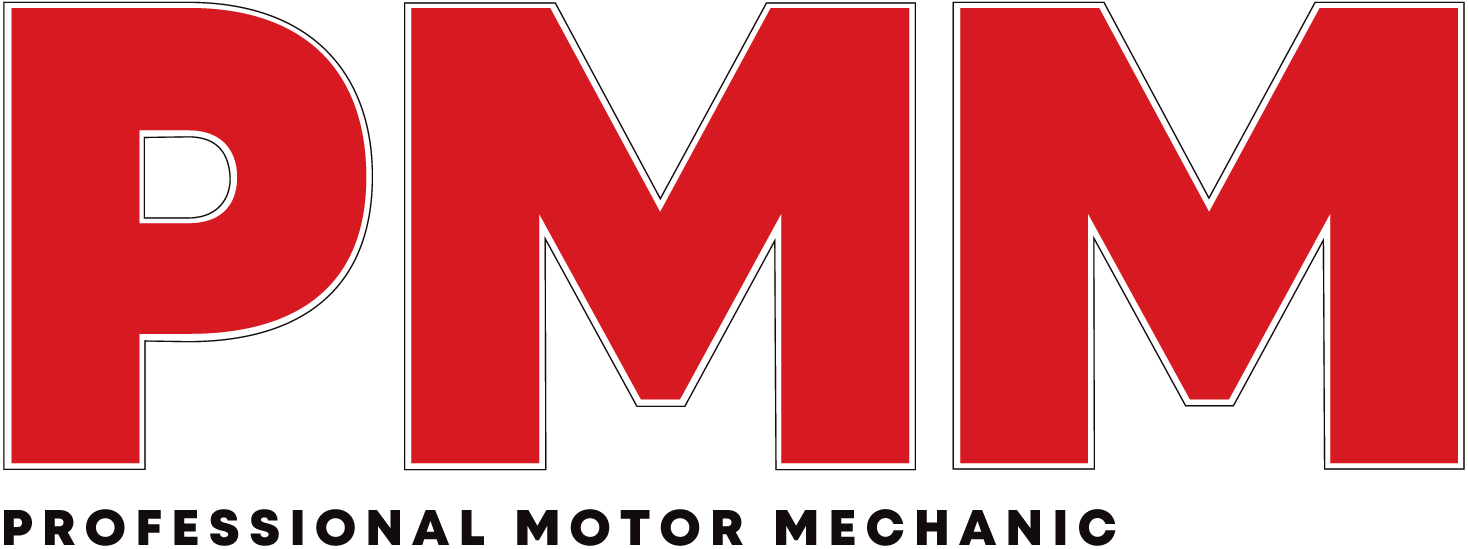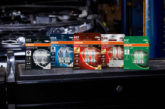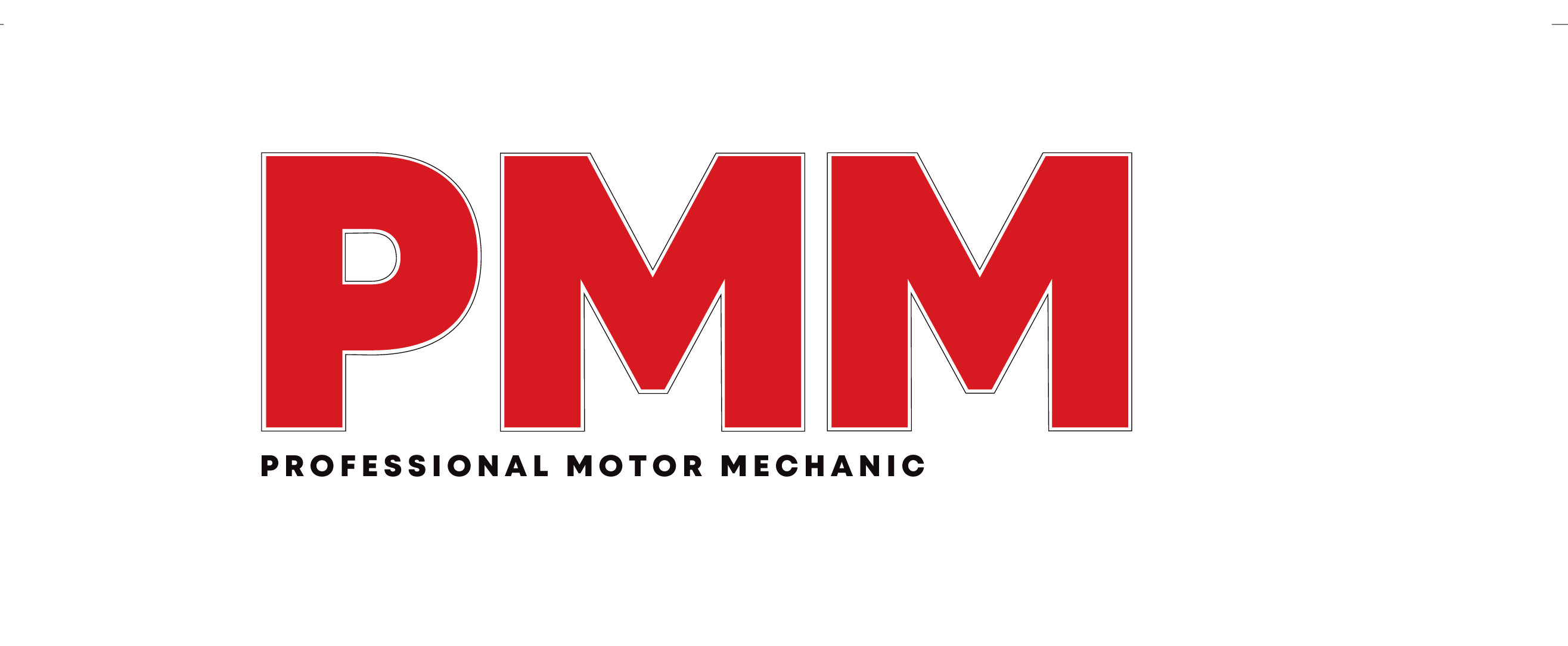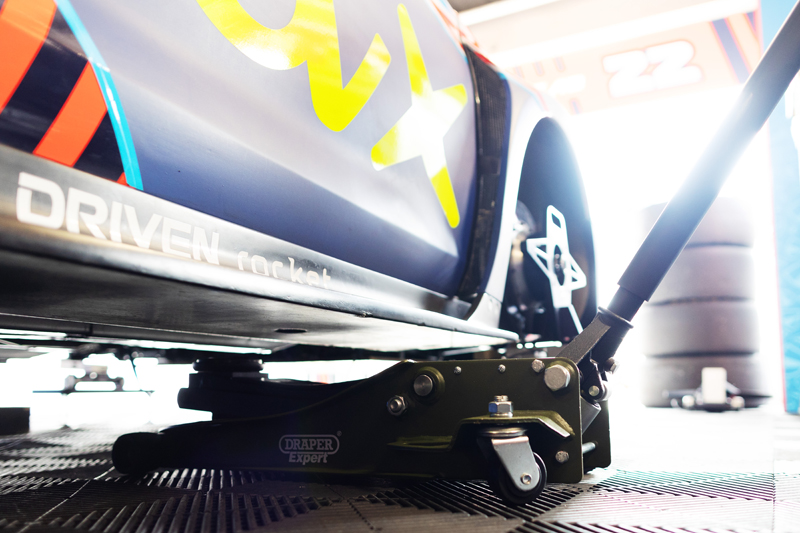
Tool specialist Draper has put together a handy guide for lifting vehicles in the workshop: a must-read!
Whether it’s a quick tyre change or the more complicated lifting and lowering of a gearbox, reliable lifting equipment is a key requirement for every workshop. Careful selection of the right equipment for your set up, safe usage and proper maintenance are equally important to factor in when it comes to any kind of lifting.
Automotive equipment specialist Draper Tools is taking the opportunity to explore the range of lifting options available, their ideal applications and crucial safety advice for mechanics, from the simplest jack to a full-blown engine crane.
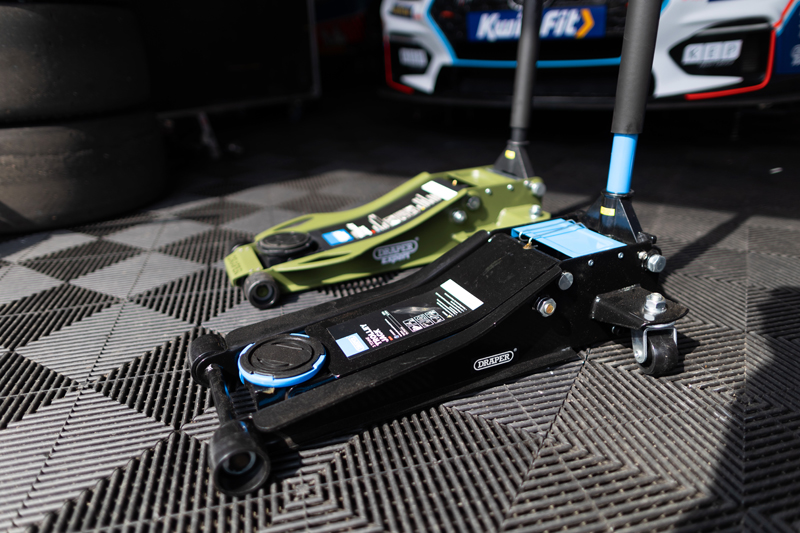
Jacking up
The combination of a trolley jack and a set of axle stands is the foundation of lifting, whether you’re a mobile mechanic or running a busy service centre. Trolley jacks, with their hydraulic leverage and easy manoeuvrability, are the go-to for quickly raising a corner or an entire end of a vehicle. It’s the solution to a thousand small pain points, from a simple tyre change to gaining access for brake work or an oil service. However, a crucial piece of advice that should never be forgotten is that a jack is for lifting only, not for supporting a vehicle’s weight.
You also want to avoid using a jack on uneven or soft ground, use a jack pad to protect the vehicle’s contact point and remember to regularly grease your jack for optimal performance. Make sure you choose a jack based on the weight and required clearance of the vehicles you’ll be working on. For busy mechanics, Draper’s 3 Tonne Low Profile Fast Lift model from the Expert range is a great choice, suitable for a wide range of vehicles and efficiently reaching full height in just 2.5 strokes.

Secure support
Once you’ve raised the vehicle you’re working on to the desired height, a pair of correctly rated axle stands must be placed under the manufacturer’s specified jacking points. Axle stands provide a static, secure support system that a jack simply cannot. When buying, ensure the axle stands have a clear Safe Working Load (SWL) or Working Load Limit (WLL), which is the manufacturer-defined maximum load they can handle. Always use your axle stands in pairs on a hard, level surface. You can often find jacks and axle stands sold together, such as the Draper 3 Tonne Trolley Jack and Axle Stands Kit.
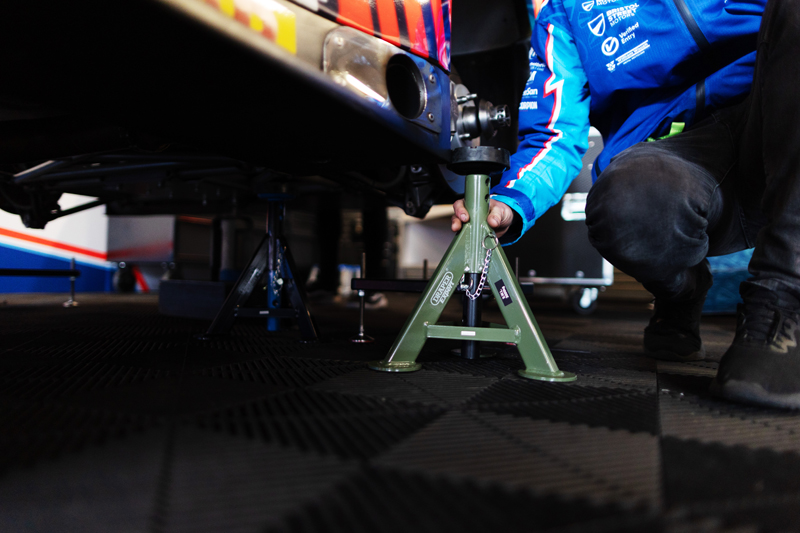
Heavy lifting
Larger garages and those dealing with commercial or agricultural vehicles might want to consider investing in pneumatic jacks and bottle jacks – Draper’s Expert series has a good selection of both.
For tasks like gearbox or differential removal, a dedicated floor transmission jack is an invaluable tool. It allows for precise lifting, lowering, and tilting of heavy components, taking the strain off the mechanic and preventing damage to expensive parts. The 500kg Vertical Transmission Jack from Draper’s popular Evolution collection is a good choice.
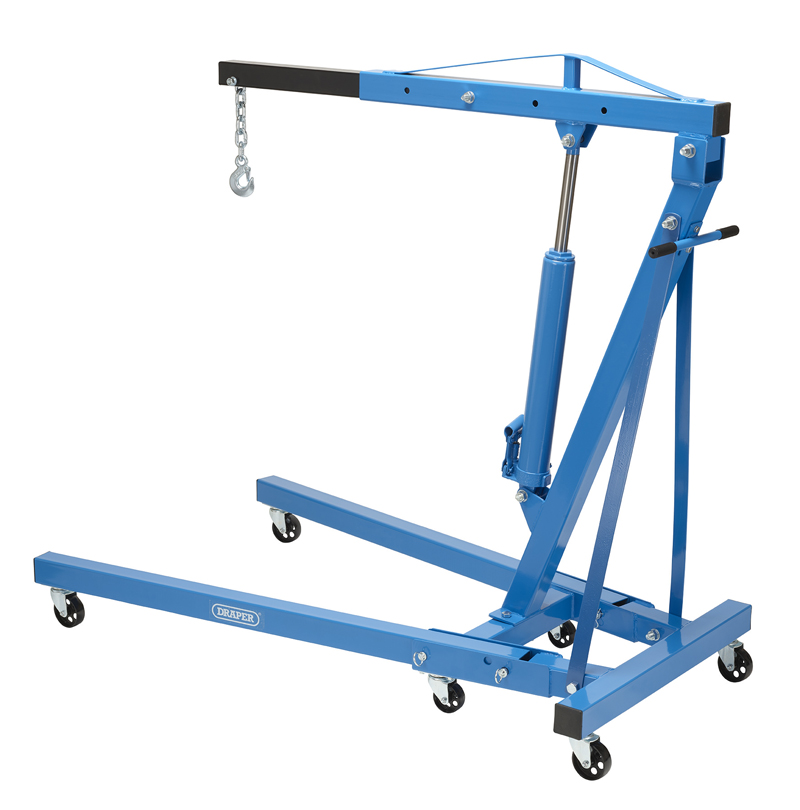
Simple solutions
For garages looking to improve speed and safety for routine work, when the ramps and pit are fully occupied, a pair of car ramps is a sound investment. As seen with products like the Draper 2.5 tonne ramps, they provide a simple, robust solution for gaining access to the underside of a vehicle without spending time jacking up and placing stands. They are ideal for quick inspections or exhaust repairs and because the vehicle is simply driven onto them, they provide a more stable platform than a jack and stands for certain tasks. The key here is proper placement and ensuring the vehicle is aligned correctly before driving up. Chocking the wheels once it’s on the ramps is a must too.
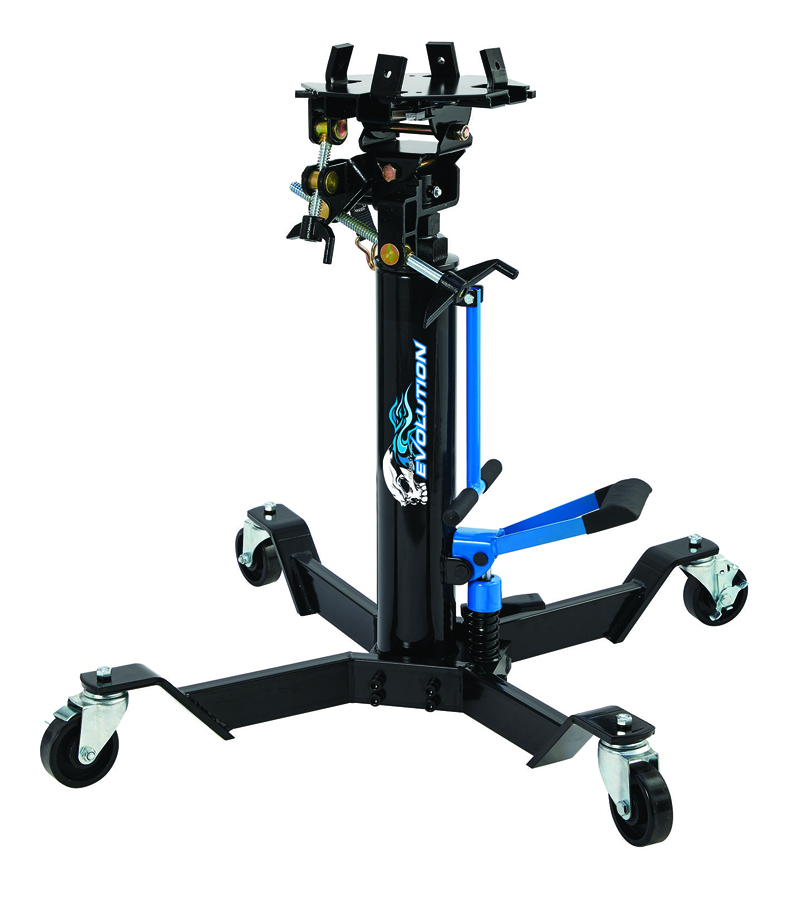
Let a crane take the strain
For big jobs like engine removal and installation, an engine crane is an indispensable piece of equipment. A mobile engine crane, such as Draper’s 2 Tonne model, allows a single mechanic to safely lift and manoeuvre an engine or gearbox. This solves one of the biggest pain points in the workshop – the dangerous work of manhandling heavy components. Make sure you look for a model that adheres to EN1494 specification. And when using an engine crane, always check the SWL of an extended boom and ensure the hoist is stable before lifting. Never leave a load suspended for an extended period and always make sure the engine stand you’re lowering onto is rated to the correct weight. Care and attention to the safety details like this are a must when it comes to heavy lifting.
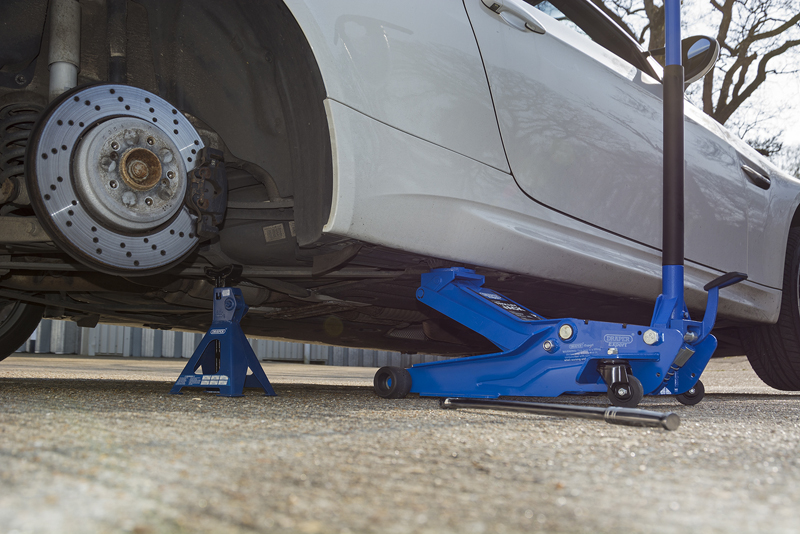
Lifting the lid on safety
Any mechanised lifting in the workplace should be considered a hazard that requires a risk assessment and relevant training records to ensure everyone is safe. So, while it may not be an exciting topic, it’s well worth familiarising yourself with the rules and regulations surrounding lifting at work, to keep yourself and your team safe and protected. For all lifting equipment in a professional garage setting, adherence to the UK’s Health and Safety Executive (HSE) guidelines is not just good practice, it’s the law. The Lifting Operations and Lifting Equipment Regulations 1998 (LOLER) and the Provision and Use of Work Equipment Regulations 1998 (PUWER) are also essential reading. These regulations, as well as manufacturers instructions, will help you get to grips with the maintenance and training responsibilities when it comes to lifting in the workshop.
Choosing the right lifting equipment for your garage is a strategic decision that directly impacts safety, efficiency, and profitability. So, whether you’re a small start-up with a trolley jack and stands, or a large workshop with multiple vehicle lifts, investing in quality, well-maintained equipment and promoting a culture of workplace safety will help keep operations running smoothly for years to come.
